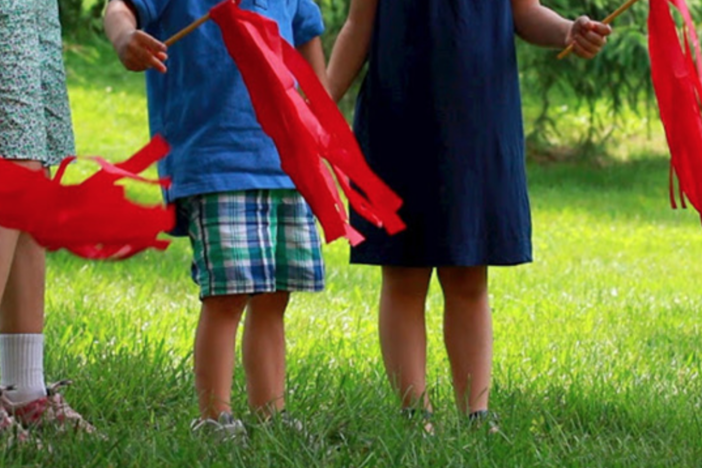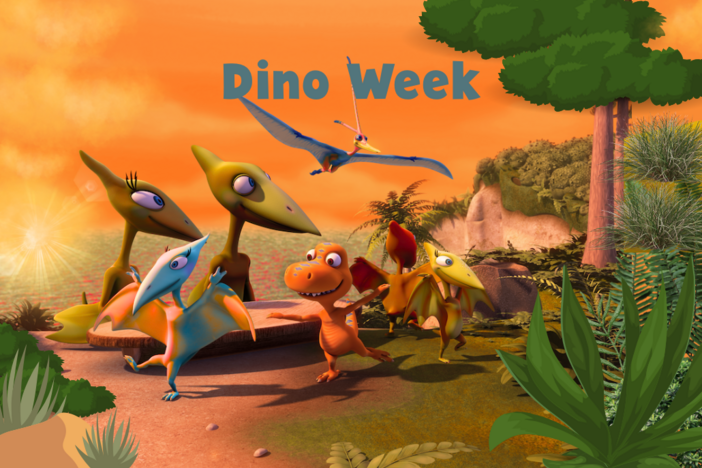
Section Branding
Header Content
Using Digital Badges To Inspire Learning
Primary Content

Founded in the first decades of the twentieth century, scouting in America encouraged citizenship, the great outdoors, and individualized achievement in America's youth. Girl Scout founder Juliette Gordon Low was a Savannah native, who after time spent in London with the founder of similar endeavors in England decided to bring the concept home as something for all girls. An early scouting pamphlet proclaimed, "each one of us has her own destiny in her control . . . each one of us should be a student . . . thus we all need all the knowledge and wisdom that we can secure." Today merit badges are a recognizable staple of scouting, but they have also migrated to the Massachusetts Institute of Technology and the career social network LinkedIn.
Each one of us has her own destiny in her control . . . each one of us should be a student . . . thus we all need all the knowledge and wisdom that we can secure. ~ Juliette Gordon Low
As the concept of what a learning environment is changes, so too may our understanding of how best to evaluate progress and mastery. Badges are increasingly being held up as great ways to recognize individual motivation outside the formal learning environment. Educator Anthony Chuter shares his experiences getting started and offers simple tips for creating badges and the ecosystem in which they will live. Chuter plainly states, "we all -- students, parents, and teachers -- know that grades and report card comments don’t tell the full story of a student's achievements and hard work." It was this understanding that brought him to the conclusion to start using badges.
So, what is the appeal of using digital badges? Promoted by Mozilla, the MacArthur Foundation, and Pearson Education, to name a few, badging is widely encouraged and simple to implement. As EDUCAUSE explains, digital badges signify accomplishments, are awarded after completion, can involve activities as large as projects or as small as skills. This new approach to credentialing can be compactly kept in a portfolio and be raised to increasing levels as new skills are acquired. The Mozilla Foundation, creator of Open Badges, highlights the utility of how digital badges
- capture and translate a student's learning path
- signal on-going achievements
- motivate student effort and grit
- support flexibility in both instruction and assessment
- promote recognition and identity within communities
- make educational communities stronger
Their Open Badges are useful in corporate and traditional education. The collaborative paper between Mozilla, Peer2Peer, and the MacArthur Foundation is a comprehensive explanation of the idea and its implementation. Edudemic offers a handy guide, history, and the many applications. But what are the down sides? Part of the issue is consistency and adoption. If every system and organization has a different series of credentials how can we judge what standardized skills have been obtained? And if only select organizations adopt the practice, will it be seen as legitimate by everyone and accepted? The work is still on-going and there are still many questions to be answered. But one thing is certain, assessment has been upended and that trend is likely to continue.






